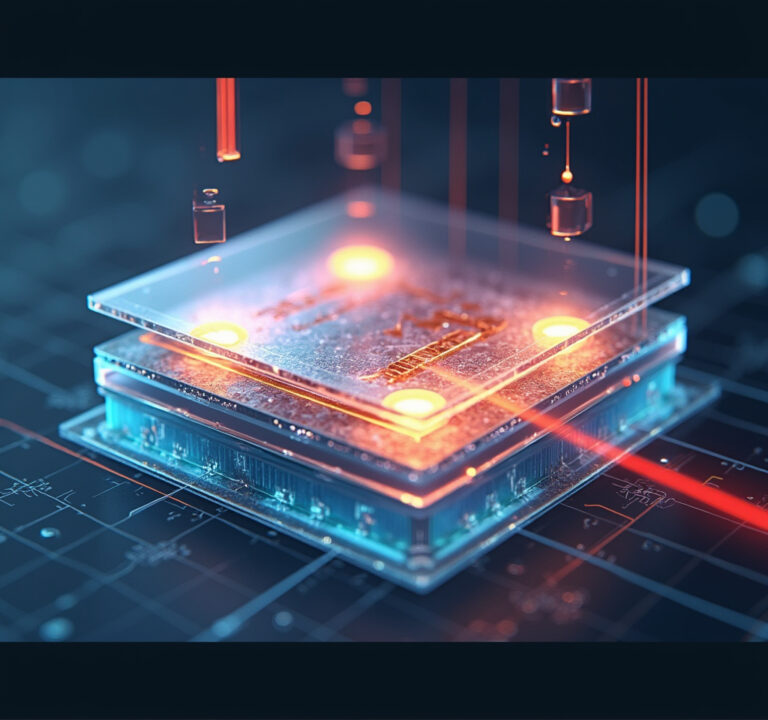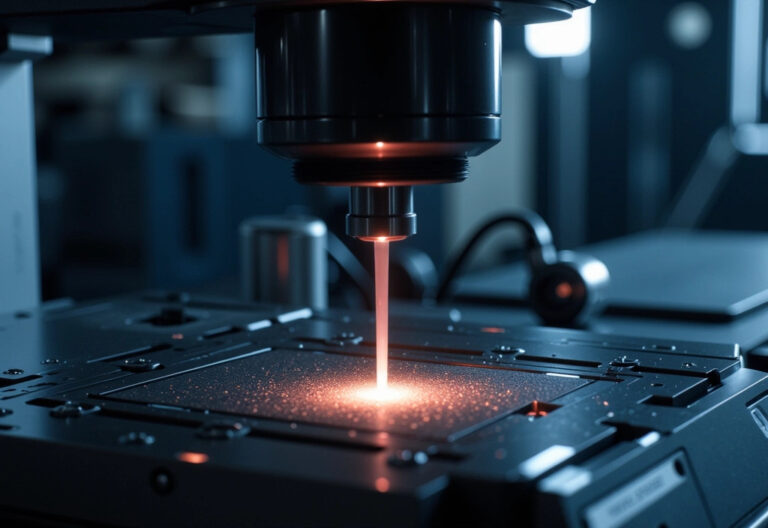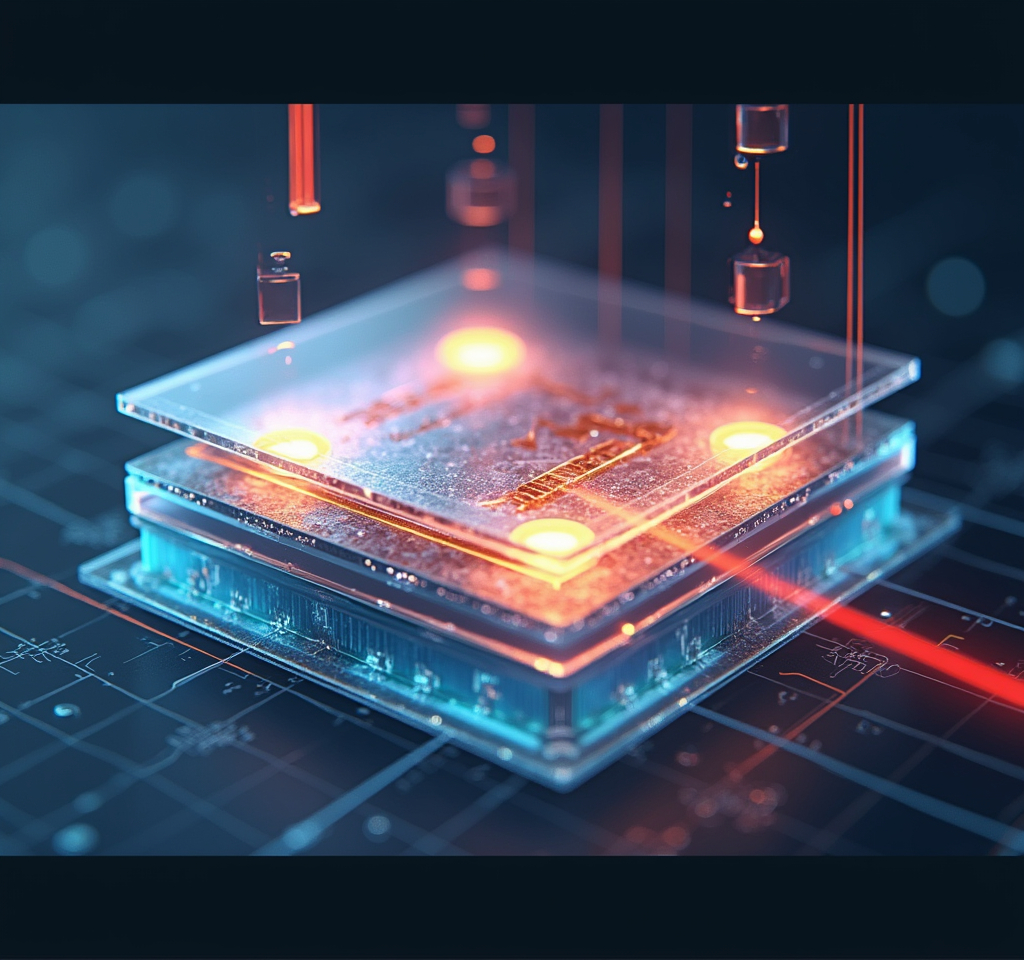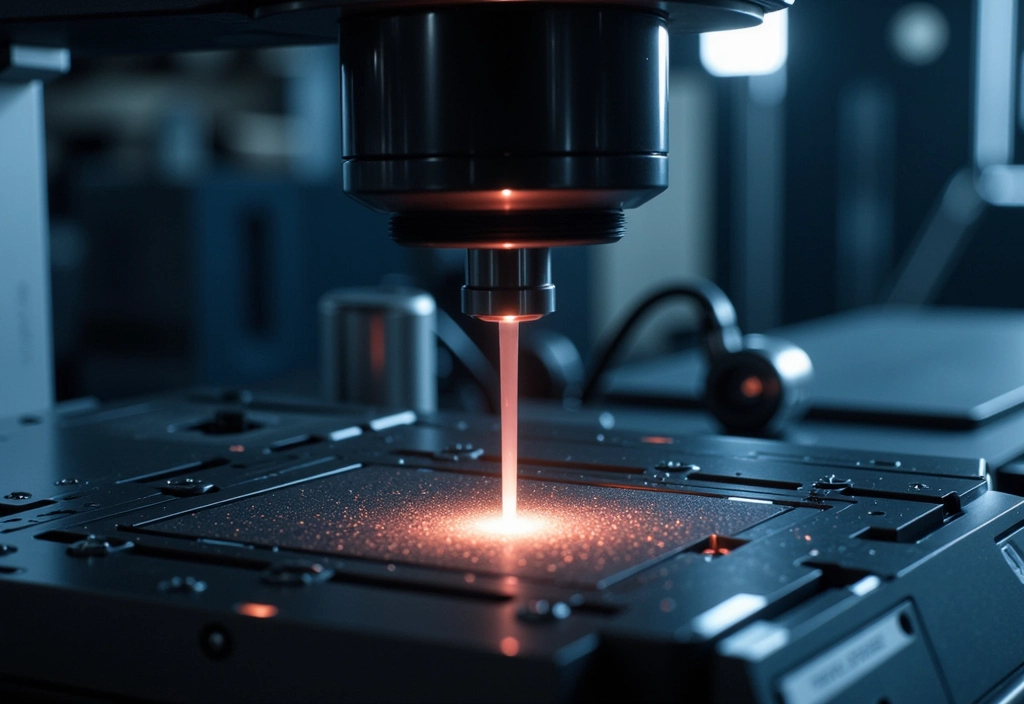Imagine a world where computers and other bus-based systems not only detect cyber-attacks but also recover from them in real time. DARPA’s groundbreaking Red-C (Reclaiming Bus-based Systems During Compromise) program aims to turn this vision into reality. By leveraging advancements in Zero Trust principles and forensic sensing, the program is set to revolutionize cybersecurity for critical systems like defense vehicles, personal computers, and data centers.
In this blog post, we’ll explore what the Red-C program is, how it works, and the incredible potential it holds for the future of cybersecurity.
What is the Red-C Program?
The Red-C program is DARPA’s initiative to develop self-healing algorithms that can retrofit existing bus-based systems. These systems, which include components like memory controllers, GPUs, and disk controllers, typically operate with implicit trust between their modular components. However, implicit trust is a glaring vulnerability in today’s cyber threat landscape.
Red-C’s solution? A system that can monitor itself like a neighborhood watch, identifying potential compromises and taking action to repair or even inoculate against future attacks.
How Does Red-C Work?
At the heart of the Red-C program is the integration of forensic sensing, enabling system components to:
- Collect and analyze data for investigative purposes.
- Monitor each other for signs of infection or attack.
- Detect, repair, and inoculate against cyber threats.
By focusing on Peripheral Component Interconnect Express (PCIe) and Compute Express Link (CXL), Red-C ensures compatibility with modern high-speed devices like GPUs, SSDs, and network cards. These technologies enable near real-time detection and recovery from attacks without significantly impacting system resources.
In initial trials, DARPA researchers developed a dataset capable of detecting 99% of ransomware threats while adding only 6% computational overhead. This breakthrough not only proves the feasibility of Red-C but also hints at its scalability for widespread application.
What’s Possible with Red-C Technology?
The Red-C program opens up an exciting future for cybersecurity. Here’s what’s possible:
- Real-Time Threat Detection
Unlike traditional antivirus systems that alert users after a threat has already caused damage, Red-C technology enables on-system detection in near real time. This means a cyber-attack could be stopped before it disrupts operations. - Self-Healing Systems
The ability to automatically repair and recover from cyber-attacks is a game changer. Imagine a ransomware attack being neutralized and the system restoring itself without any human intervention. - Cost to Attackers
Red-C’s design penalizes attackers by locking entry points they attempt to exploit. This increases the cost and complexity of launching future attacks. - Applications Across Industries
From defense vehicles and personal computers to cloud data centers and IoT devices, Red-C’s self-healing technology could safeguard critical systems across sectors. - Increased System Resilience
By fostering collaboration between algorithm developers and component manufacturers, Red-C could lead to industry-wide standards for resilient, cyber-secure systems.
The Bigger Picture: A Symbiotic Cyber Defense Community
Red-C isn’t just about technology—it’s about building a community. By accurately documenting current algorithmic developments and identifying remaining challenges, the program encourages collaboration among researchers and manufacturers. This symbiosis will accelerate the adoption of self-healing systems, making them a cornerstone of cybersecurity.
Why This Matters for You
Whether you’re a tech enthusiast, a cybersecurity professional, or just someone concerned about data security, the implications of Red-C are profound. It’s a glimpse into a future where systems are proactive, not reactive, in defending against cyber threats.
Conclusion
DARPA’s Red-C program is more than just a cybersecurity initiative—it’s a paradigm shift. By empowering systems to detect, repair, and prevent attacks in real time, it sets the stage for a safer digital world. From defense vehicles to personal devices, the potential applications are vast and transformative.
As Red-C progresses, we may soon see a world where cyber-attacks are no longer a constant threat but a manageable challenge. The future of self-healing cybersecurity is here, and it’s as exciting as it is essential.
Article derived from: Red-C: Reclaiming bus-based systems during compromise | DARPA. (n.d.). https://www.darpa.mil/research/programs/red-c-reclaiming
Check out the cool NewsWade YouTube video about this article!
















